Spanish Bugs: Discover Fun Facts and Engaging Activities
Alexis K Fishbaugh – May 31, 2024
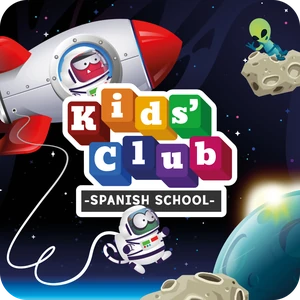
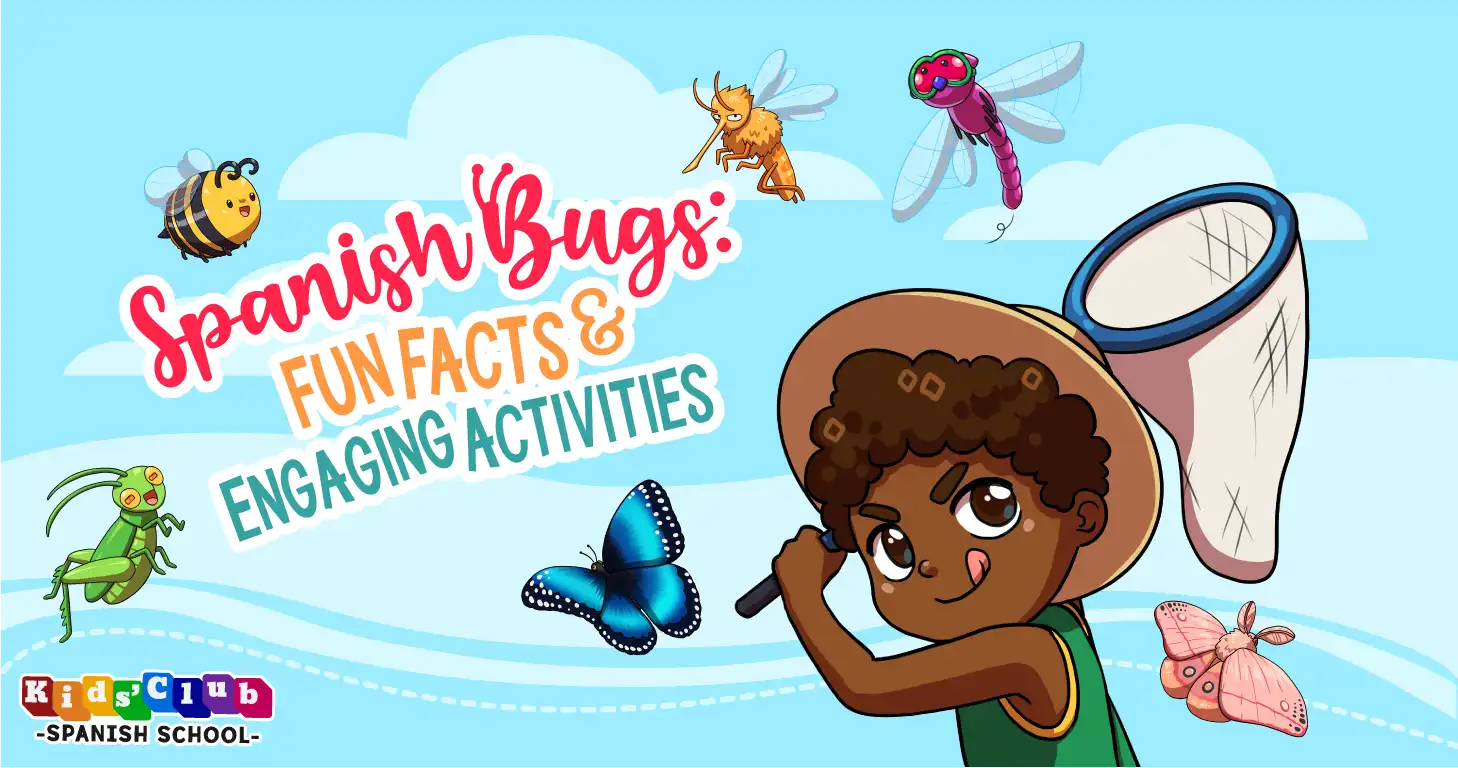
Alexis K Fishbaugh – May 31, 2024
At Kids’ Club Spanish School, we are dedicated to providing an accessible, engaging, and entertaining learning experience. Our focus with this blog is to introduce you to the enchanting universe of insects through the lens of the Spanish language. We’re thrilled to share innovative ways for your child to engage with nature and learn Spanish, diving deep into the vibrant world of Spanish bugs.
In Mexico, ants are often toasted and sold in cinemas as a snack, a culinary curiosity that highlights their role in traditional Mexican cuisine.
This is particularly common with a type of ant known as “chicatanas,” which are collected, toasted, and enjoyed particularly in the southern regions of Mexico. These ants are considered a delicacy and are known for their nutty flavor, often ground into salsas. This culinary use highlights the diverse and rich food culture of Mexico, where even insects find a revered place at the table.
In Spain, the production of honey by bees is highly celebrated, with different regions known for unique flavors and qualities of honey that are derived from local flora.
The Miel de La Alcarria region’s honey was one of the first food products in Spain to receive a Denomination of Origin protection, recognizing its unique quality and production methods that are strictly tied to the local environment. This designation ensures that the honey maintains high standards of purity and comes exclusively from the specified region, highlighting the deep-rooted cultural and gastronomical heritage associated with Spanish apiculture.
In Peru, beetles are revered for their bright colors and are often used in artisanal crafts, symbolizing resilience and transformation.
In the cloud forests of Peru, one can find the Chrysina Resplendens, also known as the Golden Tortoise Beetle. This beetle is particularly notable for its extraordinary, metallic gold coloration. This striking feature makes it a prized specimen among collectors and a subject of intrigue in scientific circles. The beetle’s golden sheen is not merely decorative; it serves an evolutionary purpose by mimicking the appearance of dew drops on leaves. This camouflage helps the beetle avoid predators by blending seamlessly into its lush, vibrant environment. The Golden Tortoise Beetle’s ability to integrate both beauty and functionality exemplifies the wonders of natural adaptation in the diverse ecosystems of Peru.
In Uruguay, efforts are made to study bedbugs in urban environments to better understand and control their spread in residential areas.
Researchers have found that bedbugs have been evolving resistance to commonly used insecticides, which makes controlling their populations especially challenging in urban environments. This research highlights the adaptability of bedbugs in response to human efforts to control them, showcasing their resilience and the ongoing arms race between pest management techniques and pest resistance. This study is part of broader efforts across the globe to better understand and manage bedbug infestations, reflecting the universal challenge they pose in residential and commercial settings.
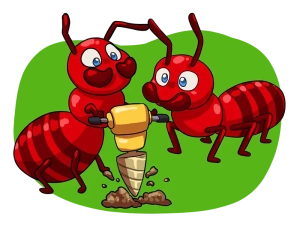
“In Mexico, ants are often toasted and sold in cinemas as a snack, a culinary curiosity that highlights their role in traditional Mexican cuisine.”
The migration of the monarch butterfly to Mexico is celebrated annually.
During the annual celebration of the Day of the Dead in Mexico, which occurs at the beginning of November, the arrival of the monarch butterflies is seen as particularly symbolic.
In Michoacán, where many of the butterflies end their journey, local communities hold special events and ceremonies to welcome them. The people believe that these butterflies carry the spirits of their deceased loved ones. It’s a beautiful blend of natural wonder and cultural heritage, where the biological phenomenon of migration intersects with deeply held spiritual beliefs, adding an extra layer of significance to the Day of the Dead celebrations.
In Honduras, centipedes are often found in folklore where they are either feared or revered, depending on local traditions.
These Spanish bugs are commonly associated with protection against evil spirits in some rural communities, a belief likely influenced by their fierce predatory nature. Centipedes are recognized for their formidable hunting skills, making them respected figures in the local lore. This cultural interpretation underscores the profound connection between natural elements and the spiritual and mythological beliefs of a community, demonstrating how deeply these Spanish bugs are woven into the cultural fabric.
In some parts of Latin America, cockroaches have been used in traditional medicine, believed to possess healing properties, especially in rural communities.
Cockroaches are believed to possess healing properties for several ailments. Historically, they have been used in remedies ranging from treatments for earaches to relieving stomach pain. This use is largely based on traditional knowledge and practices passed down through generations.
For instance, in some cultures, cockroaches are crushed and applied to wounds to help stop bleeding and speed up healing. The belief in their medicinal properties might also stem from their ability to survive in harsh conditions, which lends them a kind of symbolic resilience and potency in the traditional healing practices.
In Nicaragua, crickets are considered good luck charms, and their chirping is believed to bring rain and prosperity to the fields.
This belief might be related to the observation that crickets are more active and thus chirp more frequently when the humidity is higher, which often precedes rain. The sound of crickets chirping has also been a traditional indicator of temperature in some rural communities, where the frequency of chirps correlates with the current temperature.
Crickets are deeply embedded in folklore and are appreciated not only for their musical sounds at night but also for their role in agriculture by preying on pest insects. Their presence and sounds are often welcomed as beneficial to both the environment and the cultural ambiance.
“In some parts of Latin America, cockroaches have been used in traditional medicine, believed to possess healing properties.”
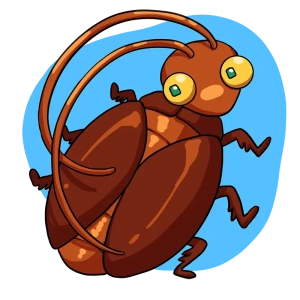
In some Chilean cultures, part of the diverse group of Spanish bugs, dragonflies are associated with purity and are sometimes thought to be messengers. This association could be linked to the fact that dragonflies typically thrive in areas with clean water. Thus, their presence is often a good indicator of the health of the local environment. This environmental aspect, combined with their swift flying and agile movements, might also inspire local tales and beliefs regarding their ability to bring messages or foretell changes.
This interpretation showcases the blend of environmental science and cultural symbolism that dragonflies represent in many parts of the world, including Chile.
It is known that fruit flies are used in Colombian agricultural research to study natural pest control methods, aiding significantly in the sustainability of local farming practices.
In Colombia, fruit fly research is not only pivotal for agriculture but also has broader environmental implications. For example, understanding the behaviors and genetics of fruit flies helps local scientists develop biological control agents that are species-specific, reducing the need for broad-spectrum insecticides that can harm beneficial insects and disrupt ecosystems. This kind of research is essential in countries like Colombia, where biodiversity is vast and conservation is a priority.
Grasshoppers are consumed as a traditional snack in parts of Mexico, where they are seasoned and roasted, enjoyed for their nutritional value.
Known locally as “chapulines,” are not only a popular snack but also a historical one. Consumed since the time of the Aztecs, chapulines are particularly favored in the state of Oaxaca. They are rich in protein, low in fat, and are commonly seasoned with lime, salt, and chili peppers. This snack is so integral to local cuisine that it is sold in markets, served in restaurants, and even featured in gourmet dishes. Chapulines offer a sustainable alternative protein source, aligning with contemporary ecological and health trends.
In Costa Rica, ladybugs are popular among children and are often used in school projects to teach about biodiversity and the environment.
These Spanish bugs are also known for their role in agricultural pest management. Often referred to as nature’s own pest control agents, ladybugs in Costa Rican farms are used to control aphid populations in a natural and environmentally friendly way. This practice not only helps maintain the ecological balance but also reduces the need for chemical pesticides, promoting a healthier environment for growing crops. This dual role of ladybugs, both in the classroom and in the fields, highlights their importance in Costa Rican efforts to educate about and implement sustainable practices.
In Cuba, the praying mantis is often depicted in children’s stories as a wise figure, teaching lessons about patience and precision.
This cultural association is rooted in the praying mantis’s calm and focused hunting stance, which is seen as a sign of patience and contemplation. Many Cubans believe that if a praying mantis visits your home, it brings protection and good fortune, reinforcing its status as a wise and revered creature in folklore. This belief enhances the praying mantis’s role in teaching important life lessons to children through stories and myths.
In Guatemala, moths are associated with folklore tales about spirits and the afterlife, often featured in stories told during cultural festivals.
The association of moths with spirits and the afterlife is deeply embedded in cultural traditions, making these Spanish bugs a common feature in folklore and storytelling during cultural festivals like the Day of the Dead. Moths, often seen fluttering around lamps and fires at night, are believed to be souls visiting from the spirit world. This symbolism is particularly poignant during nocturnal celebrations, where moths are viewed not just as insects, but as messengers between the living and the deceased, bridging the worlds with their fleeting presence.
In parts of Central and South America, it has been observed that certain species of mosquitoes are carriers of unique viruses, which are studied extensively by scientists.
In the diverse ecosystems of Central and South America, certain mosquito species act as vectors for unique viruses such as Zika, Dengue, and Chikungunya. These mosquitoes are studied extensively by scientists to understand the dynamics of virus transmission and to develop strategies for control and prevention. This research is crucial as it helps in the development of vaccines and other control measures, which are vital for preventing outbreaks in human populations. The role of these mosquitoes in the spread of disease highlights their significant impact on public health in the region.
In the forests of Ecuador, termites are essential for recycling nutrients, their role in maintaining the ecosystem is acknowledged and respected.
Termites play a pivotal role as Spanish bugs in the ecosystem by breaking down dead wood and plant fibers, which helps recycle nutrients back into the soil. This process enhances soil fertility and supports new plant growth, making termites crucial for the health of the forest. Moreover, their activity provides essential habitats for other species by creating hollows in trees and enriching the soil, showcasing their indispensable role in maintaining biodiversity. The understanding and respect for termites in Ecuador highlight the importance of even the smallest creatures in sustaining the natural world.
In rural Argentina, the nests of certain wasps are studied for their architectural complexity and have inspired designs in both art and architecture.
Their nests, constructed with remarkable precision and design efficiency, often mirror principles found in modern engineering. The way wasps use natural materials to create durable and climate-resistant structures has led to biomimicry in some architectural projects, where designers incorporate similar techniques to enhance sustainability and resilience in human-made buildings. This cross-disciplinary influence showcases the profound impact that nature, particularly the ingenuity of these small creatures, can have on human innovation.
Just as we explore the vibrant world of insects through engaging activities and fun facts, Kids’ Club Spanish School invites your children to embark on an equally enriching journey into the Spanish language. Our online classes are designed to be as captivating and diverse as the fascinating bugs of Latin America and Spain.
Sign up your children today at www.kidsclubspanishschool.com for two free trial Spanish lessons, and let them experience the joys and educational benefits of our immersive Spanish program.
 Kids' Club Spanish School, LLC
https://kidsclubspanishschool.com/wp-content/uploads/2024/07/blog_summer-spanish-activities-for-kids-3.png
807
800
Alexis Fishbaugh
https://cdnwp.kidsclubspanishschool.com/wp-content/uploads/2025/05/kids-club-spanish-school-header-logo.webp
Alexis Fishbaugh2024-07-28 22:48:532024-07-28 22:48:53Summer Spanish Activities for Kids
Kids' Club Spanish School, LLC
https://kidsclubspanishschool.com/wp-content/uploads/2024/07/blog_summer-spanish-activities-for-kids-3.png
807
800
Alexis Fishbaugh
https://cdnwp.kidsclubspanishschool.com/wp-content/uploads/2025/05/kids-club-spanish-school-header-logo.webp
Alexis Fishbaugh2024-07-28 22:48:532024-07-28 22:48:53Summer Spanish Activities for Kids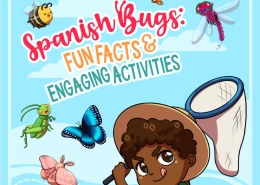 Kids' Club Spanish School, LLC
https://kidsclubspanishschool.com/wp-content/uploads/2024/05/blog-spanish-bugs-fun-facts-engaging-activities-101.webp
800
800
Alexis Fishbaugh
https://cdnwp.kidsclubspanishschool.com/wp-content/uploads/2025/05/kids-club-spanish-school-header-logo.webp
Alexis Fishbaugh2024-05-26 18:28:052024-07-21 05:53:07Spanish Bugs: Fun Facts and Engaging Activities
Kids' Club Spanish School, LLC
https://kidsclubspanishschool.com/wp-content/uploads/2024/05/blog-spanish-bugs-fun-facts-engaging-activities-101.webp
800
800
Alexis Fishbaugh
https://cdnwp.kidsclubspanishschool.com/wp-content/uploads/2025/05/kids-club-spanish-school-header-logo.webp
Alexis Fishbaugh2024-05-26 18:28:052024-07-21 05:53:07Spanish Bugs: Fun Facts and Engaging Activities Kids' Club Spanish School, SL
https://kidsclubspanishschool.com/wp-content/uploads/2024/04/dinner-in-spanish-speaking-countries.png
800
800
Alexis Fishbaugh
https://cdnwp.kidsclubspanishschool.com/wp-content/uploads/2025/05/kids-club-spanish-school-header-logo.webp
Alexis Fishbaugh2024-04-25 12:22:352024-07-21 05:40:48Dinner in Spanish Speaking Countries
Kids' Club Spanish School, SL
https://kidsclubspanishschool.com/wp-content/uploads/2024/04/dinner-in-spanish-speaking-countries.png
800
800
Alexis Fishbaugh
https://cdnwp.kidsclubspanishschool.com/wp-content/uploads/2025/05/kids-club-spanish-school-header-logo.webp
Alexis Fishbaugh2024-04-25 12:22:352024-07-21 05:40:48Dinner in Spanish Speaking Countries Kids' Club Spanish School, LLC
https://kidsclubspanishschool.com/wp-content/uploads/2024/03/free-online-spanish-for-beginners-squared-ad.png
800
800
Alexis Fishbaugh
https://cdnwp.kidsclubspanishschool.com/wp-content/uploads/2025/05/kids-club-spanish-school-header-logo.webp
Alexis Fishbaugh2024-03-29 13:09:202024-05-01 14:54:20Free Online Spanish Classes for Beginners
Kids' Club Spanish School, LLC
https://kidsclubspanishschool.com/wp-content/uploads/2024/03/free-online-spanish-for-beginners-squared-ad.png
800
800
Alexis Fishbaugh
https://cdnwp.kidsclubspanishschool.com/wp-content/uploads/2025/05/kids-club-spanish-school-header-logo.webp
Alexis Fishbaugh2024-03-29 13:09:202024-05-01 14:54:20Free Online Spanish Classes for BeginnersClick here to add your own text

Join the fun and come learn Spanish online with us! Native certified teachers making learning Spanish certifiably fun

 Kids' Club Spanish School, SL
Kids' Club Spanish School, SL Kids' Club Spanish School, LLCSummer Spanish Activities for Kids
Kids' Club Spanish School, LLCSummer Spanish Activities for Kids